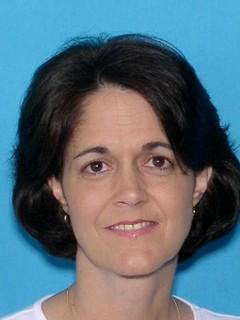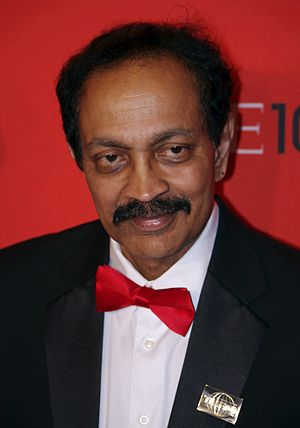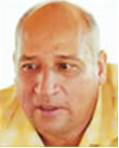#9279 Most Popular
1943
1944
1954
1962
1963
1965
1966
1970
1971
1972
1974
1976
1979
1980
1982













